I had a spare day and decided to take a trip to Saint Petersburg, the second-largest city in Russia with a population of around 5.4 million. Saint Petersburg is located about 700 kilometers (435 miles) northwest of Moscow on the shores of the Baltic Sea. It was founded in 1703 and served as the capital of Russia in pre-Soviet history.
There are two primary ways of getting from Moscow to St.Petersburg: trains or airlines. Time-wise, both modes of transportation are the same. Airline travel, however, involves the hassles of getting to/from airports and annoying security checks. Trains depart from Moscow downtown and arrive in St.Petersburg downtown, and from my perspective, considering my goals of travel and all the factors of convenience, train is better.
My train leaves at 6:05 in the morning, and I wake up at four. I have to use a taxi because the subway opens at 5:30 in the morning, and I would not be able to make it to the center of Moscow, where the train station is located. It takes approximately forty minutes by subway ride to the train station, meaning I do not have time to use the subway, and the only option left is a taxi. Those days when we called a taxi over the phone are gone, and taxis are all on apps now.
The search icon spins endlessly, suggesting no taxis are available. I close the app and raise my hand. A car parked nearby moves and stops for me. Before the era of apps, many people in Russia used to make money as unofficial taxis. In Russian slang, they are called “bombila”. That means someone who bombs (or drops bombs). Not sure about the etymology of this word. The ride takes 25 minutes; while in daytime, it would take about an hour, if not more.
My driver drops me at the Leningradskiy Vokzal, the station from which my train departs, one of the nine major railway stations in Moscow. Boarding for my train has already begun. I find my car, and the train attendant checks my ID. We use internal passports for ID in Russia, so she looks at my passport and checks my e-ticket on her handheld device. Train tickets are all electronic now. I had a printout of my boarding coupon, but it is of no use.
It takes 3 hours and 55 minutes non-stop to cover 650 kilometers (404 miles) of the railroad distance between Moscow and St.Petersburg. The train leaves at 6:05 sharply. Trains, unlike everything else, are very timely in Russia; delays are unusual. The train I am taking has the name “Sapsan,” the Russian name for peregrine falcon. The train is built by Siemens. It is very comfortable and speedy, running at 150-250 km/hour. The train is very quiet inside, but it shakes quite a bit.
Since I did not have any breakfast, I walked to a bistro car to get some food. Food on Sapsan is good, not exactly cheap, but still affordable. I get an Americano coffee and an apple-stuffed pancake, all for US$8. The coffee is really small, like a double espresso, but it tastes good. The pancake is excellent. Chinese tourists at the next table eat instant noodles. The guy buys two beers. Strangely, for many people in Russia, travel equals drinking. Whenever I travel on Sapsan or fly one of the airlines, I see people buying and drinking alcohol at six o’clock in the morning. This is beyond my understanding. I finish my coffee and pancake and return to my seat. The train arrives in St.Petersburg exactly on time. I leave the train and walk to the subway station nearby.
There are three places planned to visit in St.Petersburg. The first one is a church. Russians do not talk about religion, and I won’t too. I used to send some money donations to this church with prayer requests, for years, but I am visiting it in person now for the first time. The church was built in 1906, and since then, has never stopped services. The church building is made of wood. It turns out, today is a big holiday, and the church is packed with people. Orthodox services are beautiful. I decided to stay and witness the whole thing. Liturgy is over, but other services start. I buy and light candles. In Russian Orthodox churches, they still use real wax candles, and I leave prayer requests. Prayer requests are for a fee (donation they call it). The cheapest is roughly US$1, the more expensive is US$15 as it runs longer (40 days to be exact).
After leaving the church, my walk continues to a different subway station, not the one I came from. It’s a longer walk. This part of St.Petersburg is far from the center. The architecture is a mix of old Soviet apartment buildings and newer developments. There are two shopping malls, smaller shops, gas stations, car wash facilities, restaurants, and everything else an ordinary resident of this area might need.
Exiting the subway, I head to have coffee and something to eat. St.Petersburg has a much more diverse cafe and restaurant scene compared to Moscow. The place I chose is called Радости (Joys) and is almost empty. There is a student sitting at a table next to me, reading something on his laptop, and some people in the other part of the cafe I can’t see, only hear their voices. I order a large coffee and some food. My coffee tastes really good. The meal I ordered is an egg scramble with two tiny toasts, butter, and pickled salmon, which costs US$15 in total. The app gets used again to call a taxi to my next destination. The ride takes about 15 minutes and costs US$5.
Here I am at a second point on my list of places to visit. This place is special in its own way. St.Petersburg is located on the shores of the Baltic Sea, but all the open water you see in St.Petersburg is on the Neva River and a bunch of smaller rivers and canals. All the sea shoreline is inaccessible as it’s occupied completely by factories, shipyards, docks, wharves, and a commercial seaport. I asked locals many times if there was a place to see the Finnish Gulf, and the only way seemed to be was to drive outside the city.
However, not long ago, one of the factories, a cable factory, located on the northern tip of Vasilyevsky Island, abandoned its premises. The ownership of the factory site went to private hands and is now being turned into an art hub. Because of its location, this probably is the only place in St.Petersburg to have an unobstructed view into the open Baltic Sea. Inside of the factory building is cleaned from all the equipment. It’s just an open space now, waiting for events to be held. The factory floor is used by skaters, and there are some skate jumps for them to use. There are cafes and restaurants located on the factory premises, and many spaces for exhibitions and events.
At the berth and take some pictures. It is really windy here; the wind knocks you off your feet. The weather changes abruptly; it was sunny a minute ago, and now it rains heavily, and rain quickly turns into hail. Rain and hail go away as quickly as they started. From the deck, you can see the open Baltic, shipyards on the opposite shore, and the ring road bridge. I stand in the wind for about half an hour, taking pictures and enjoying the place and beautiful scenery. This is something Moscow does not have—open space and no people around. Everywhere you go in Moscow, you are in a crowd and feel crammed between tall (for the most part ugly) Soviet architecture. Having an unobstructed view of the horizon and open sea is a bliss, and I enjoy it, standing in the wind.
Time to leave. Another taxi is ordered using the same app, and it arrives shortly with a grim driver behind the wheel. In Russia, people nickname St.Petersburg “the cultural capital”. I do not know what is so cultural about St.Petersburg, aside from old architecture, if it can be called culture? I have also heard that locals are more polite compared to people from Moscow. I find this untrue. St.Petersburg people are the same: impolite, grim, sometimes rude and obnoxious as Muscovites. This is a Russian thing that has deep cultural roots. What is different compared to Moscow, St.Petersburg locals are slower, yes, a bit more simple. Differences end here.
The taxi takes me to the third point of visit. I take some pictures through the car window. This is all the usual St.Petersburg scenery: rivers, canals, old buildings side by side, cathedral domes. The ride was short, for which I paid US$4. The third point of visit is on an island, located in the middle of a dug-up channel in St.Petersburg's historical center. The name of the place is “New Holland” (Russian — “Novaya Gollandiya”), and it was built in 1829. The island used to be a military site throughout all of its history. Few years ago, the island was given to private hands and turned into a place of arts and events. I visited New Holland for two times before, and all those times it was under extensive rebuild. The island has some historical buildings formerly used as prisons, workshops, and warehouses. In the past several years, the whole place was completely transformed.
The lawn! They have done a real good job on the lawn. I have never seen such a good lawn in Russia before. The whole island area is polished and spotless. Every detail is very well thought through. I went to the toilet, and it was sparkling clean, not smelling of shit like most public toilets in Russia. Nice tiles and decor, working hand dryers, hot water in the tap.
One of the buildings is occupied by cafes and various types of eateries. I go to a place called, in a Western manner, “Dickman’s Deli”. Small self-service bar type of place crammed into two small rooms with seven tables. The young guy before me buys a beer. “You have the passport on you, don’t you?”, the bartender asks. Several years ago, they started to enforce the legal age law, so this question is not unusual. The guy shows his driver’s license and gets his beer. I’m getting an APA beer and a pastrami sandwich, paying about US$10. The place is very cozy with red brick walls, minimalistic decor, tall tables, and tall chairs.
I leave New Holland and go for a stroll in central St.Petersburg. The city is large. I walk heading towards the train station through the streets of old Saint Petersburg. Despite revolutions, WWII bombings, and decades of Soviet ruling, the city managed to retain most of its historical buildings. Because of its architecture, rivers, and canals, walking in downtown St.Petersburg has its specific charm. The city looks grey, however, and lack of maintenance of old construction clearly shows. St.Petersburg’s ambiance can be very depressing, especially in fall and winter, when it’s dark and the whole place is devoid of almost any color.
My walk takes about two hours, and finally, I reach a small craft beer place called “13th Tap,” of which I have read many good references on the internet. The beer they serve is good. I rest for about half an hour, drinking beer and having some snacks, chatting with a bartender.
Then it’s time to go back to Moscow from the Moskovsky Vokzal station, which is a 15-minute walk. I go through security and board the train. On the other track, a double-deck sleeper bound for Moscow pulls in. The return trip is the same four hours, and at 0:40 I am in Moscow. The subway still works, and an hour later I am home.
If you made it this far, thank you for your read.





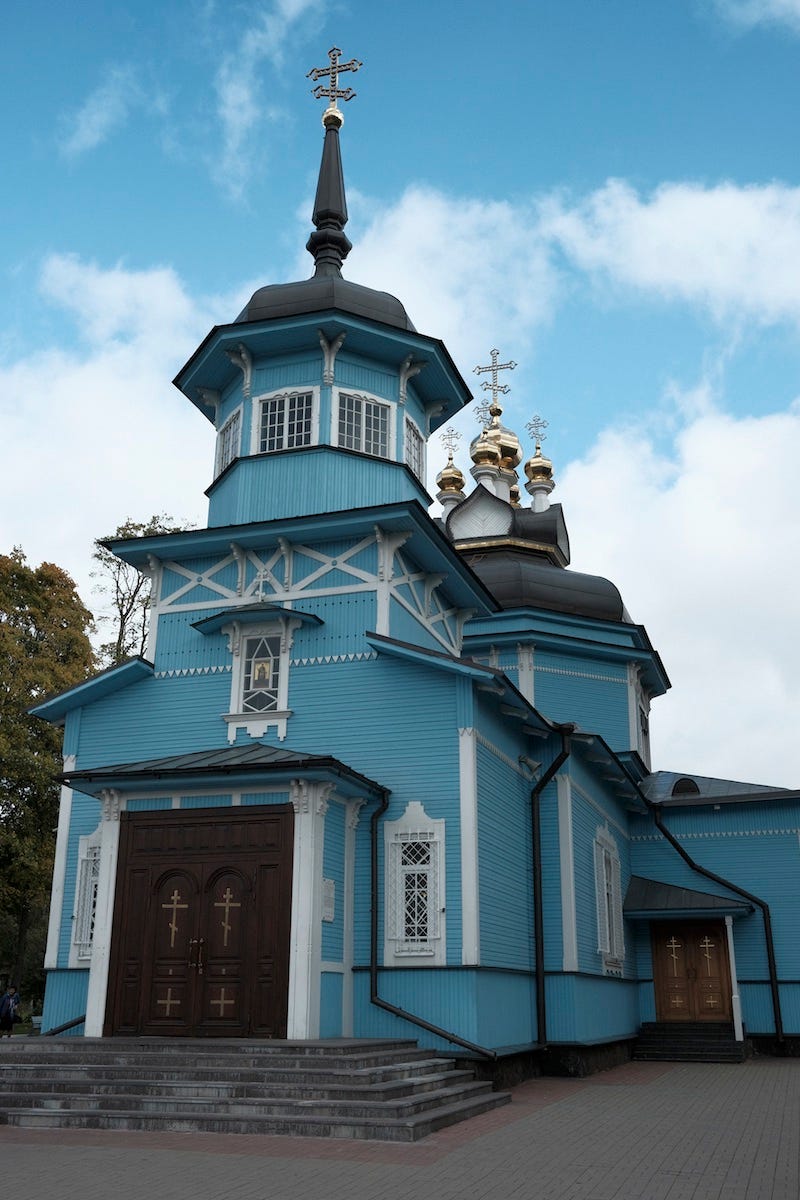
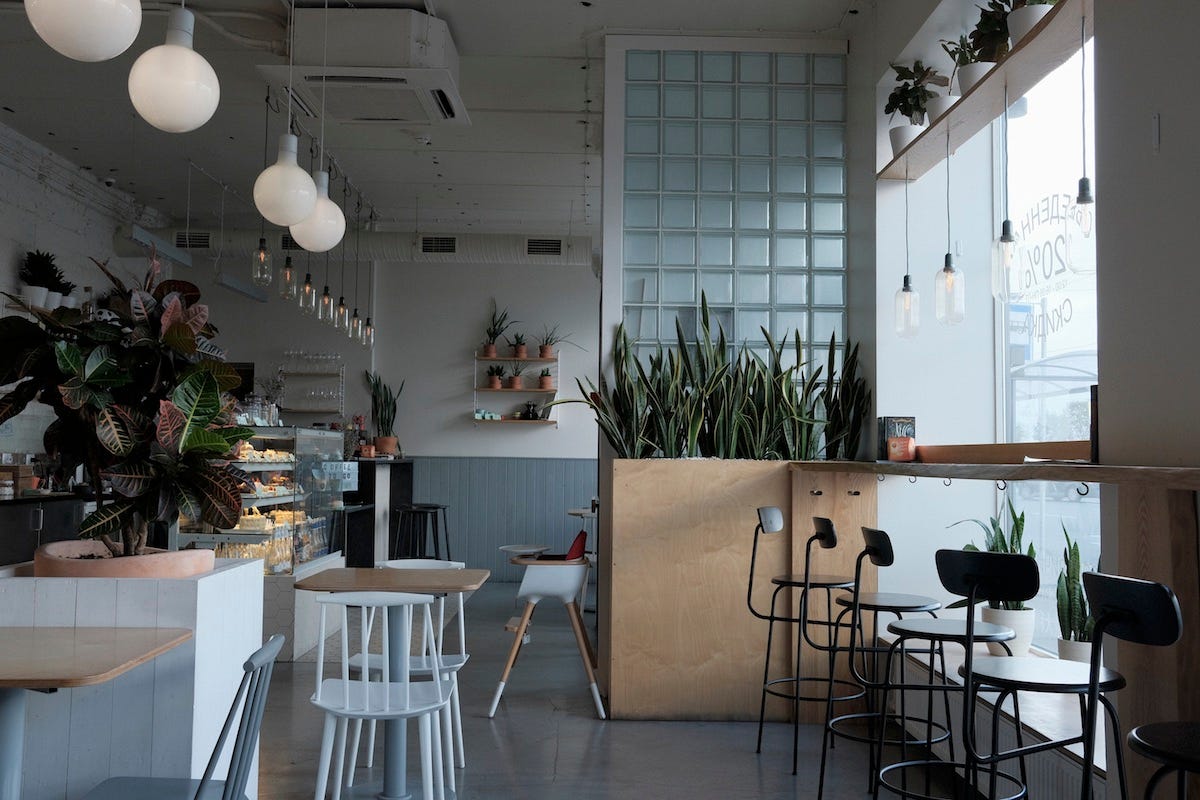

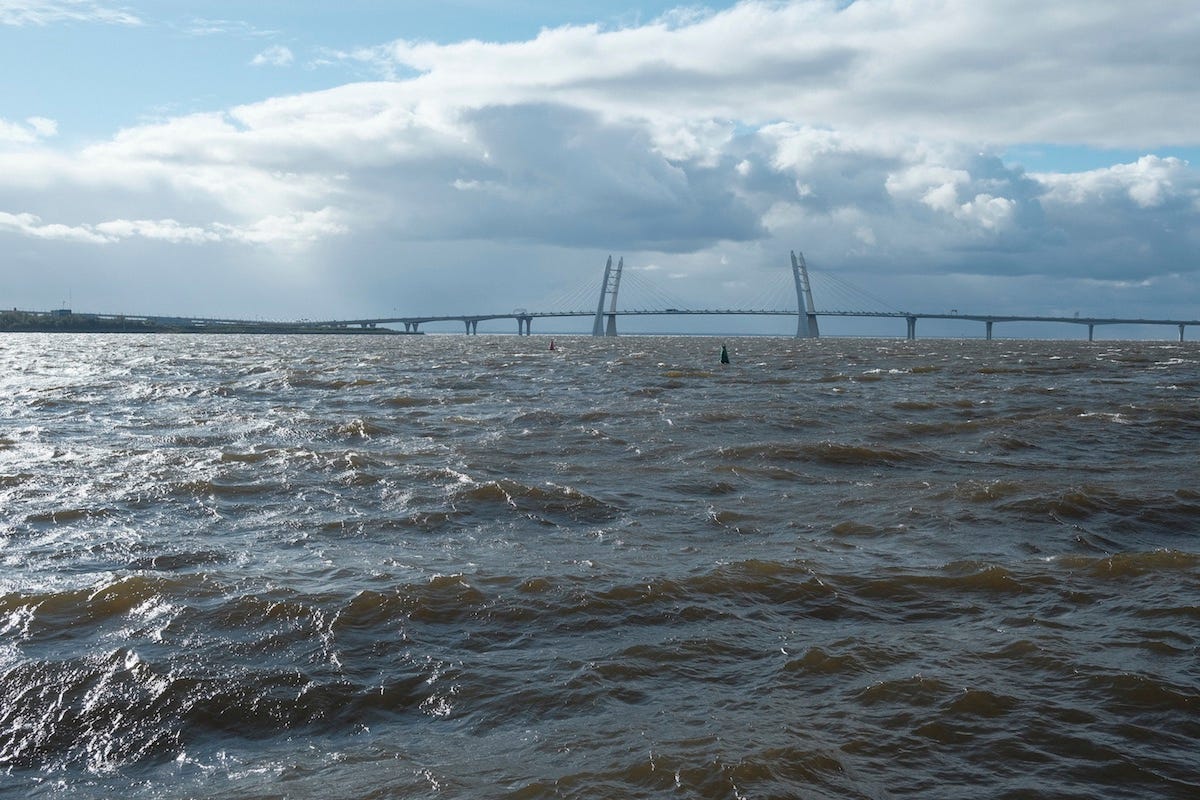

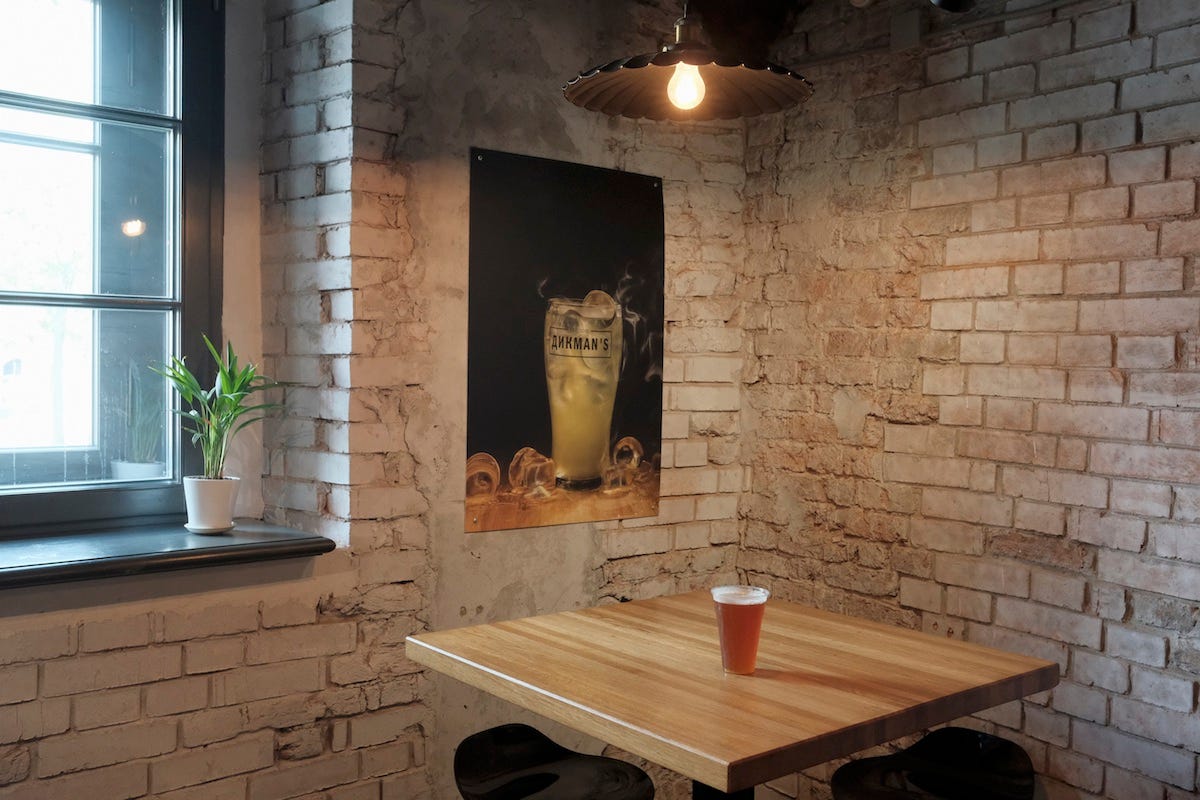
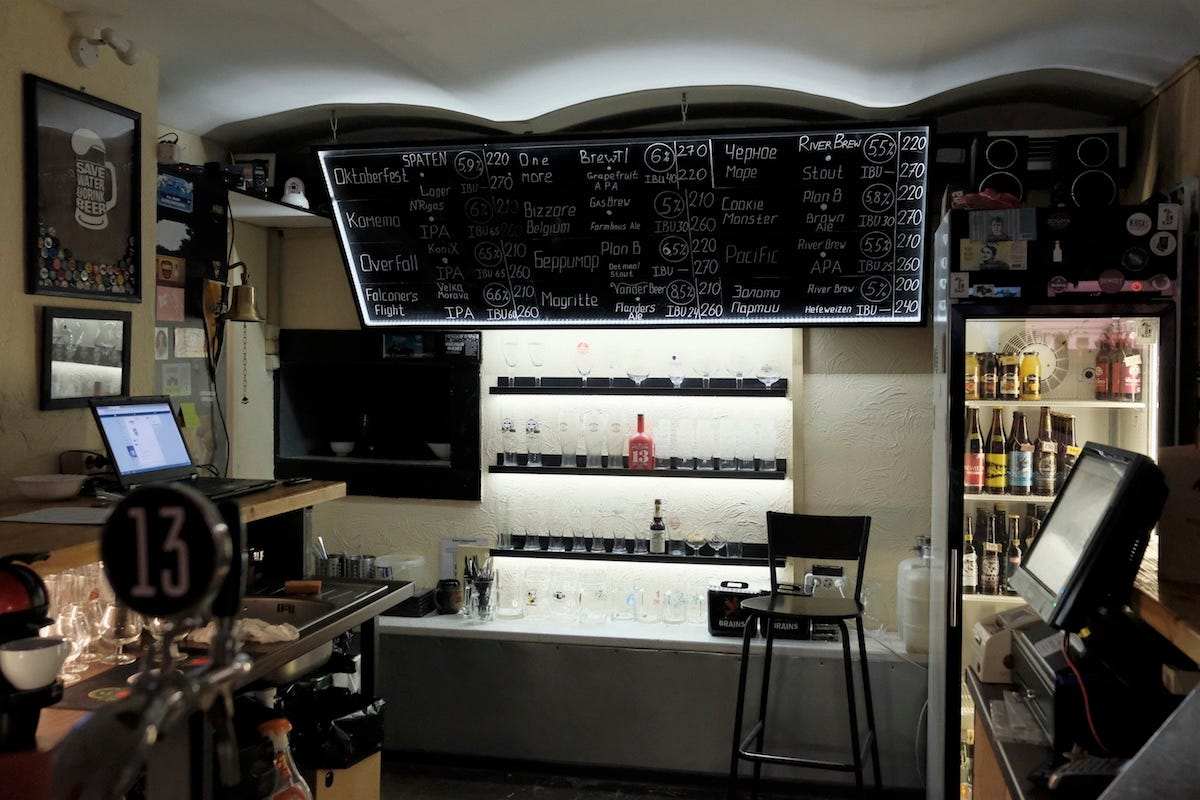
The security checks on domestic flights aren’t as strict as international ones.
Someone I know successfully got his pocketknife from Moscow to Peter and back without remembering it was stashed in his luggage, along with two full bottles of water.
Great story, thank you for sharing. I really want to visit Russia and these stories keeps that desire top of mind